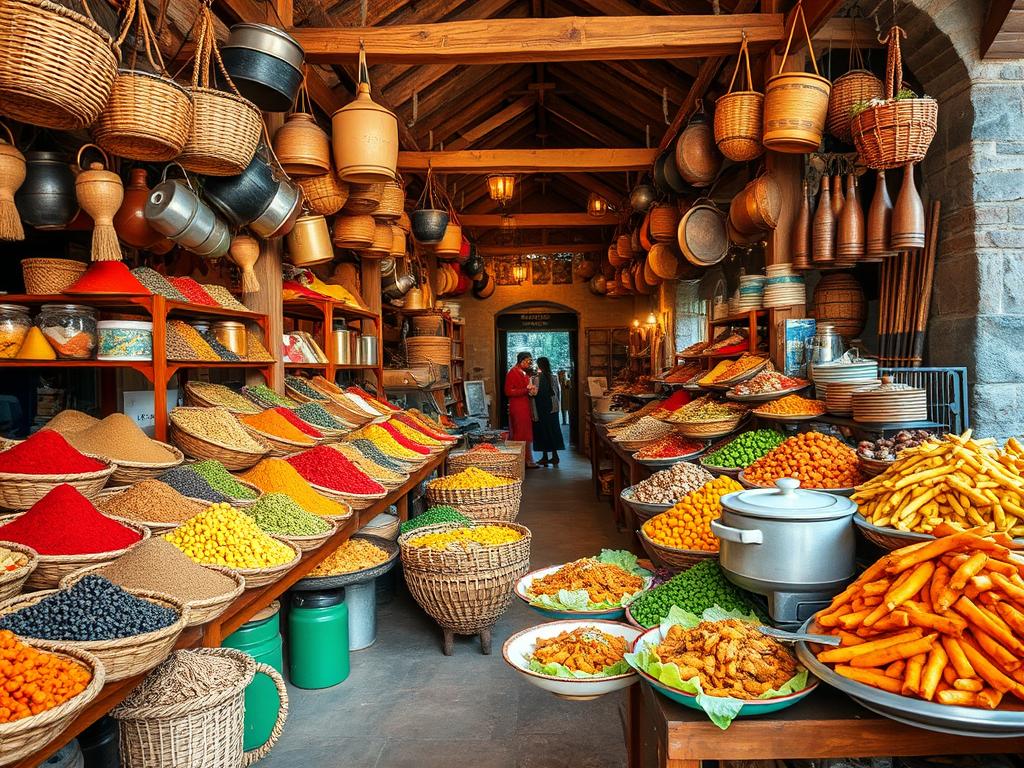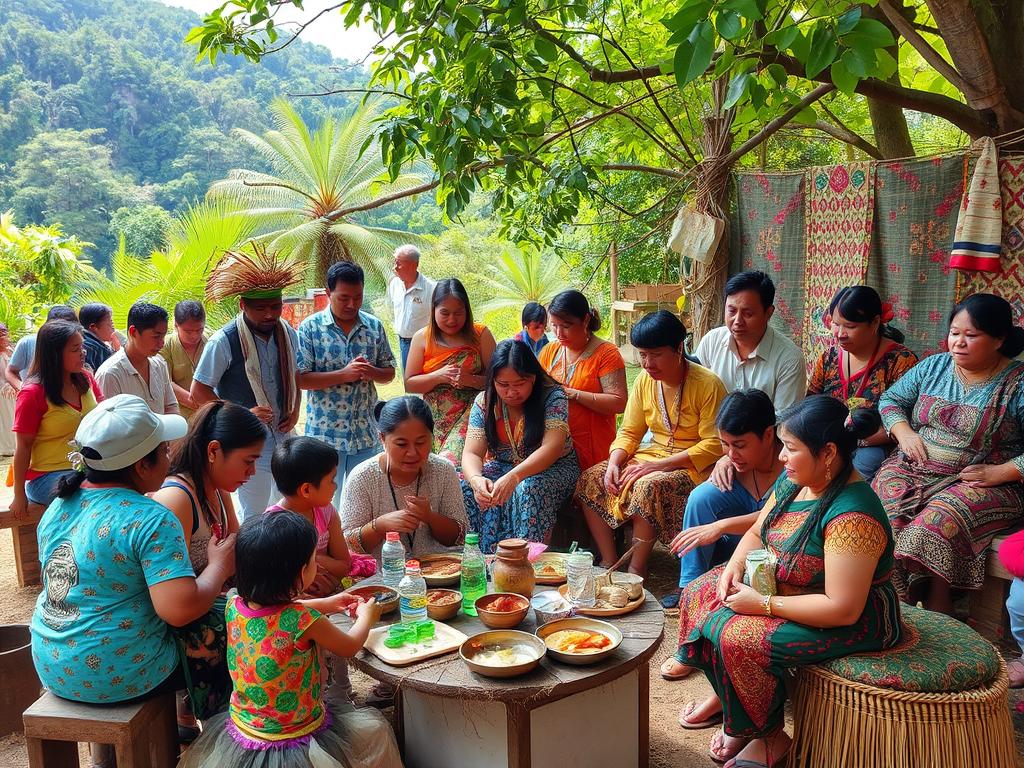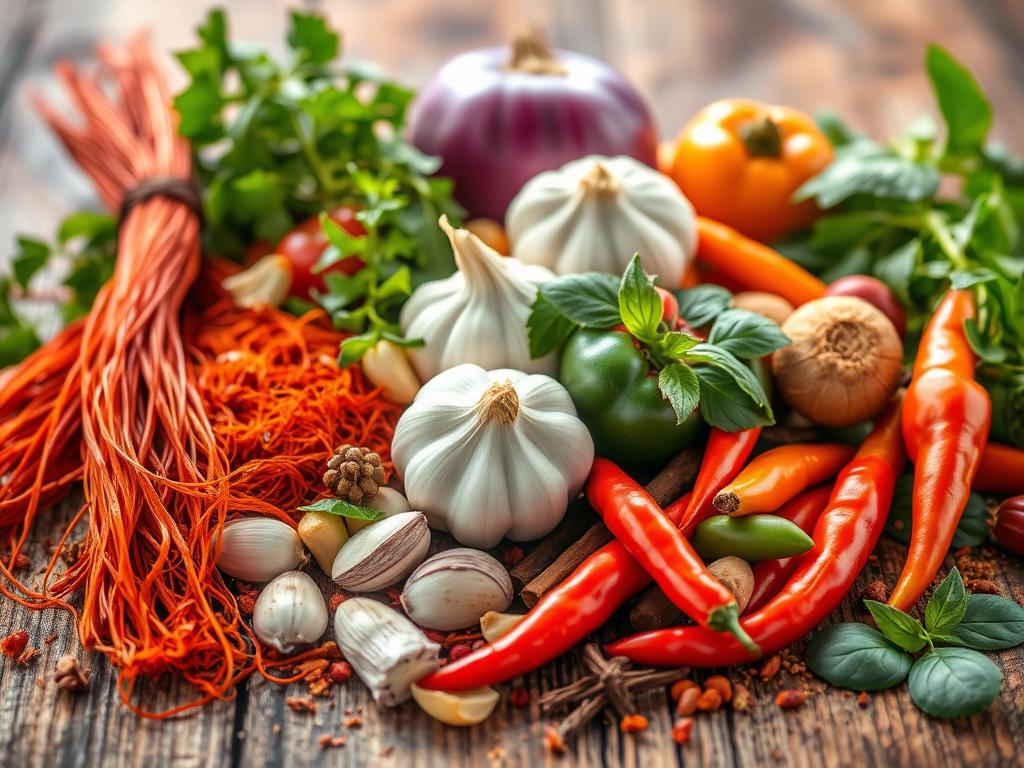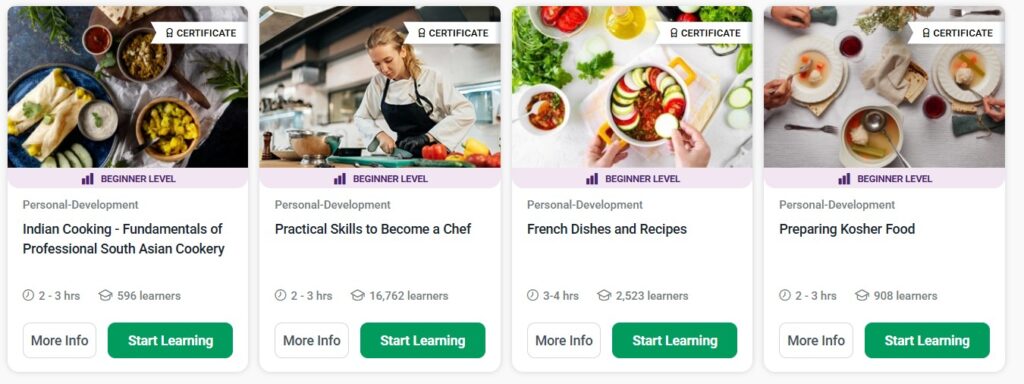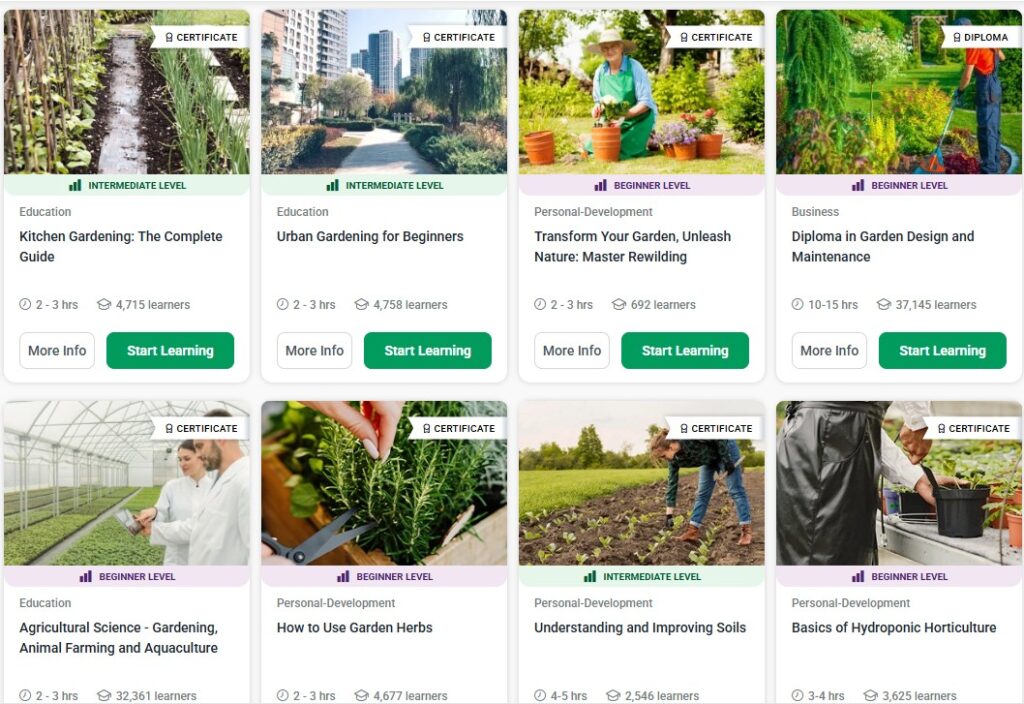I’m not thinking about preserving culinary heritage as I sit at my grandmother’s kitchen table and the smell of her signature stew dish fills the air. But as the aroma takes me back to happy childhood memories, a question begins to form in my mind. What role do food traditions play in developing our sense of belonging and safety in the world? The stew’s rich taste, the colorful veggies, and the warm bread have always nourished my soul and connected me to my roots. I know my grandmother makes these wonderful dishes to feed and grow those she loves.
In today’s world, where food trends change fast and global cuisines blend, preserving culinary heritage is both an act of celebration and resistance. It’s a way to honor the past while boldly adapting for the future. In this article we will cover the challenges of maintaining culinary authenticity and discuss ways to preserve the flavors and food preparation methods that have served us for many generations.
What Does Preserving Culinary Heritage Really Mean?
Preserving culinary heritage goes far beyond saving recipes. It means safeguarding traditional ingredients, cooking methods, and the customs that shape how we gather and eat. This living archive connects us to our roots and keeps cultural identity alive in a world obsessed with speed and novelty. Every time you prepare your grandmother’s stew or teach your child to pickle cucumbers, you’re voting for diversity in the global tapestry of flavors.
Why Preserving Culinary Heritage Matters
It Connects Us to Our Past
Traditional recipes are bridges to our ancestry. Each bite can hold decades of family memory and community history. As Maria Popova writes, “To taste is to remember; to cook is to caretake culture.”
It Strengthens Communities
Sharing meals made from heritage recipes can transform strangers into friends. Community kitchens, food festivals, and neighborhood potlucks create a sense of belonging. These traditions foster intergenerational bonds and transmit knowledge that might otherwise disappear.
It Promotes Sustainability
Many traditional foodways emphasize biodiversity, minimal waste, and local sourcing—ideas now celebrated by eco-leaders. Supporting farmers who grow heirloom tomatoes or indigenous grains strengthens local economies and helps preserve the planet.
It Cultivates Health and Well-Being
Traditional diets—think Mediterranean or Okinawan—are often balanced and nourishing. Preserving culinary heritage means holding onto these blueprints for wellness.
It Acts as a Bridge Between Cultures
Food can connect cultures, promoting understanding and appreciation. Through cultural exchanges and culinary collaborations, local traditions can reach the global community. This exchange celebrates our shared humanity.
The Challenges: Fast Food and Fast Living
Culinary heritage isn’t just about what’s on the plate. It’s about stories, rituals, and a sense of place. It’s about the laughter around a holiday table, the quiet joy of kneading bread, and the pride in passing techniques from one hand to the next. Diaspora communities, food museums, and educational initiatives help keep flavors vibrant—even after generations or continents are crossed.
But globalization and busy schedules threaten to turn culinary heritage into nostalgia. Fast food chains and processed meals undermine the slower rhythms of traditional cooking and risk erasing centuries of knowledge. Changes in farming, city growth, and climate have made it harder to access rare ingredients that define regional flavor. And as food gets standardized, community-specific spices or preparations risk being lost.
Preserving culinary heritage is ultimately an important step towards improved sustainability. By combining modern tools with traditional methods of growing and preparing food, we not only honor the tried-and-true wisdom of the earth and our ancestors, but we allow those hard-fought lessons to evolve and grow with the times so they remain readily available to future generations.
Preserving Culinary Heritage: Practical Strategies
Embrace Tradition With A Twist
You don’t need ancestral credentials to get started. Use old-school techniques—like fermentation, pickling, and slow roasting—to recreate authentic flavors. Modern technology, from digital recipe archives to AI-powered ingredient substitutions, make it easier to revive time-honored recipes at home or in restaurants. Think kombucha brewed from a great-grandmother’s recipe, but with smart kitchen gadgets.
Support Local Farmers
Visit farmers markets, join community-supported agriculture programs, or shop at ethnic grocery stores. These connections help keep unique crops, artisanal cheeses, or handmade tortillas in the supply chain. Blockchain technology now helps verify the authenticity of heritage foods, boosting consumer trust and farmer livelihoods.
Document and Share Recipes
Write down family recipes. Record stories of festive meals and kitchen mishaps. Share them online or at community events. Use our FREE Heritage Recipe Cards to collect recipes and stories from family members and consider creating a family cookbook to carry the tradition forward to future generations.
Luckily, digital spaces have made it easier than ever to share family recipes and stories. Customizable recipe books and a digital recipe box from Family Cookbook Projects are interactive and fun ways for the whole family to participate and make great keepsake gifts that will be treasured by all!
This post contains references to products from one or more of our advertisers. We may receive compensation if you click on the links to those products. For an explanation of our Advertising Policy, visit this page.
Celebrate Through Culinary Tourism, Food Festivals, and Diaspora Communities
In addition to consciously sustaining your family’s culinary heritage, traveling to other countries with the intention of enjoying the local cuisine or participating in food festivals is a great way to keep food traditions alive. Another is to frequent diaspora communities where you live. As people from around the world move to new places, they bring their homeland’s flavors and cultural traditions with them. By attending events, eating at ethnic restaurants, and visiting markets in your own community, you are supporting the continuation of these valuable food experiences into the future.
Adapt To Modern Needs
Make traditional recipes accessible for vegetarian, vegan, or gluten-free eaters without losing the soul of the dish. Innovation is part of keeping culinary heritage alive—especially as AI, virtual reality, and genetic analysis help us personalize and predict nutrition while preserving the essence of tradition.
Explore Key Ingredients
Culinary traditions around the world are shaped by their unique ingredients. Different regions have their own staple foods. In West Africa, yams are a big deal for their health benefits and versatility. In the Caribbean and Latin America, plantains are a favorite, adding sweetness and starch to many dishes. Dive into the staple foods of your heritage to increase your understanding and appreciation of ethnic flavors.
Incorporate Bold Spices and Seasonings
Spices and seasonings are the core of heritage cooking. Ingredients like ginger, garlic, and chili peppers are crucial in many cuisines. They add unique aromas and tastes, showing the rich variety of global culinary diversity and regional flavors. Experiment with adding different herbs and seasonings to your menu for a delightful change of pace.
Preserving Culinary Heritage Through Education
Education is key to keeping traditional flavors alive. Culinary schools and workshops teach the next generation about old cooking ways. This helps young chefs keep their ancestors’ cooking traditions alive. An increasing interest in gardening, growing and using herbs, and food preservation helps bring people together and share knowledge across generations.
Thankfully, learning new skills is easier than ever with the explosion of online learning opportunities, many of them completely FREE. Browse the many classes available at Alison.com to discover the skill upgrade you need to begin your culinary heritage journey.
This post contains references to products from one or more of our advertisers. We may receive compensation if you click on the links to those products. For an explanation of our Advertising Policy, visit this page.
Cooking Classes Gardening Classes
Gardening Classes
The Future: Tradition Meets Technology
As Indian chef Manjit Gill says, “Heritage food isn’t just for looking back—it’s about moving forward with wisdom.” Digital archives, AI, and even virtual reality kitchens are transforming how we learn, maintain, and share heritage cooking. But the most important ingredient is still care: honoring authenticity while embracing innovation.
Quick Tips for Preserving Culinary Heritage Now
- Cook a recipe from your family or culture this week. Notice the flavors and ask about the story behind them.
- Support local producers—choose ingredients grown or made by small farms or artisans.
- Document a recipe, photograph the process, and share it with friends or online communities.
- Visit a food festival or cooking workshop celebrating traditional cuisine.
- Educate the next generation. Teach kids not just how to cook, but why these ingredients and techniques matter.
Final Thoughts
Preserving culinary heritage is a joyful, radical act—a recipe for remembering where we came from and inventing where we can go next. It’s not about resisting change, but about carrying the lessons, flavors, and stories forward, one meal at a time. So gather around the table, taste something old, and imagine a future that’s richer for the flavors we choose to remember.
You Might Also Like:
Ancestral Recipes for Health: Your Complete Guide to Traditional Eating for Modern Wellness
Why Do We Love Family Heirloom Recipes? The Sheer Delight of Culinary Traditions
A Global History of Food Posters: How Design Preserved Culture, Cuisine, and Identity


